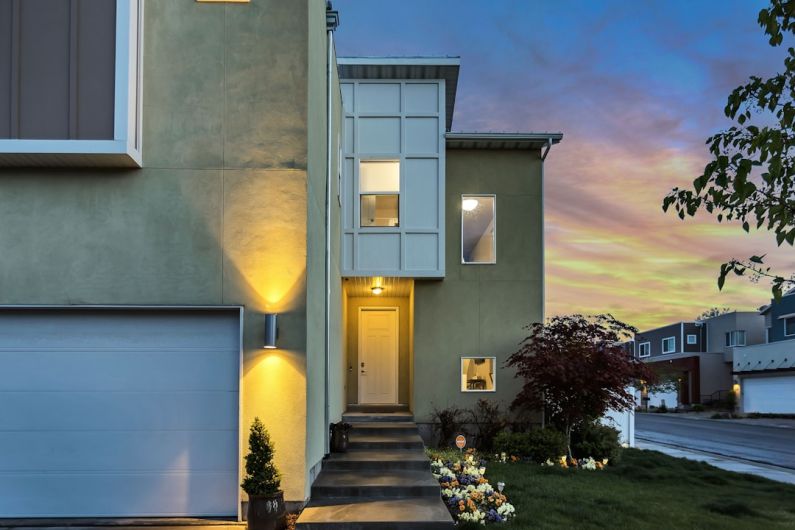How to Choose between Fixed-rate and Adjustable-rate Mortgages?
When it comes to choosing a mortgage, one of the most important decisions you’ll have to make is whether to opt for a fixed-rate or adjustable-rate mortgage. Both options have their pros and cons, and it’s crucial to understand the differences between them in order to make an informed decision that suits your financial goals and circumstances. In this article, we’ll explore the key factors to consider when choosing between fixed-rate and adjustable-rate mortgages.
Understanding Fixed-rate Mortgages
A fixed-rate mortgage is a type of home loan where the interest rate remains the same throughout the entire loan term. This means that your monthly mortgage payments will also remain constant, providing you with a predictable and stable payment structure. Fixed-rate mortgages are typically available in 15-year and 30-year terms, allowing you to choose the option that best fits your financial situation.
The Benefits of Fixed-rate Mortgages
One of the main advantages of a fixed-rate mortgage is the certainty it provides. With a fixed interest rate, you won’t have to worry about fluctuations in the market, and your monthly payments will remain the same, regardless of changes in the economy. This stability can be especially beneficial if you plan to stay in your home for a long time or if you prefer the peace of mind that comes with knowing exactly how much you’ll owe each month.
Understanding Adjustable-rate Mortgages
Unlike fixed-rate mortgages, adjustable-rate mortgages (ARMs) have interest rates that can fluctuate over time. Typically, ARMs have an initial fixed-rate period, often ranging from 3 to 10 years, after which the rate adjusts periodically based on market conditions. These adjustments are usually tied to a specific index, such as the U.S. Treasury bill rates or the London Interbank Offered Rate (LIBOR).
The Benefits of Adjustable-rate Mortgages
One of the primary advantages of an adjustable-rate mortgage is the potential for lower initial interest rates compared to fixed-rate mortgages. During the initial fixed-rate period, your monthly payments may be lower, allowing you to save money or qualify for a larger loan. Additionally, if interest rates decline over time, your monthly payments may decrease, providing you with additional savings.
Factors to Consider
When deciding between a fixed-rate and adjustable-rate mortgage, there are several factors to consider:
1. Your Financial Goals: Consider your long-term financial goals and how long you plan to stay in your home. If you prioritize stability and predictability, a fixed-rate mortgage may be the better option. However, if you anticipate selling your home or refinancing before the adjustable-rate period begins, an ARM could provide you with lower initial payments.
2. Market Conditions: Evaluate the current interest rate environment and make an informed prediction about future interest rate fluctuations. If rates are low and expected to rise, a fixed-rate mortgage may be a wise choice. Conversely, if rates are high or predicted to decline, an adjustable-rate mortgage might be more favorable.
3. Risk Tolerance: Consider your risk tolerance and ability to handle potential payment adjustments. If you’re comfortable with the possibility of your monthly payments fluctuating, an adjustable-rate mortgage could be a suitable option. However, if you prefer the certainty of a fixed payment, a fixed-rate mortgage would be more appropriate.
Conclusion: Making an Informed Decision
Choosing between a fixed-rate and adjustable-rate mortgage is a significant decision that can have long-term financial implications. By understanding the differences between these options and considering your financial goals, market conditions, and risk tolerance, you can make an informed decision that aligns with your needs. Remember to consult with a mortgage professional who can provide personalized advice based on your unique circumstances.






